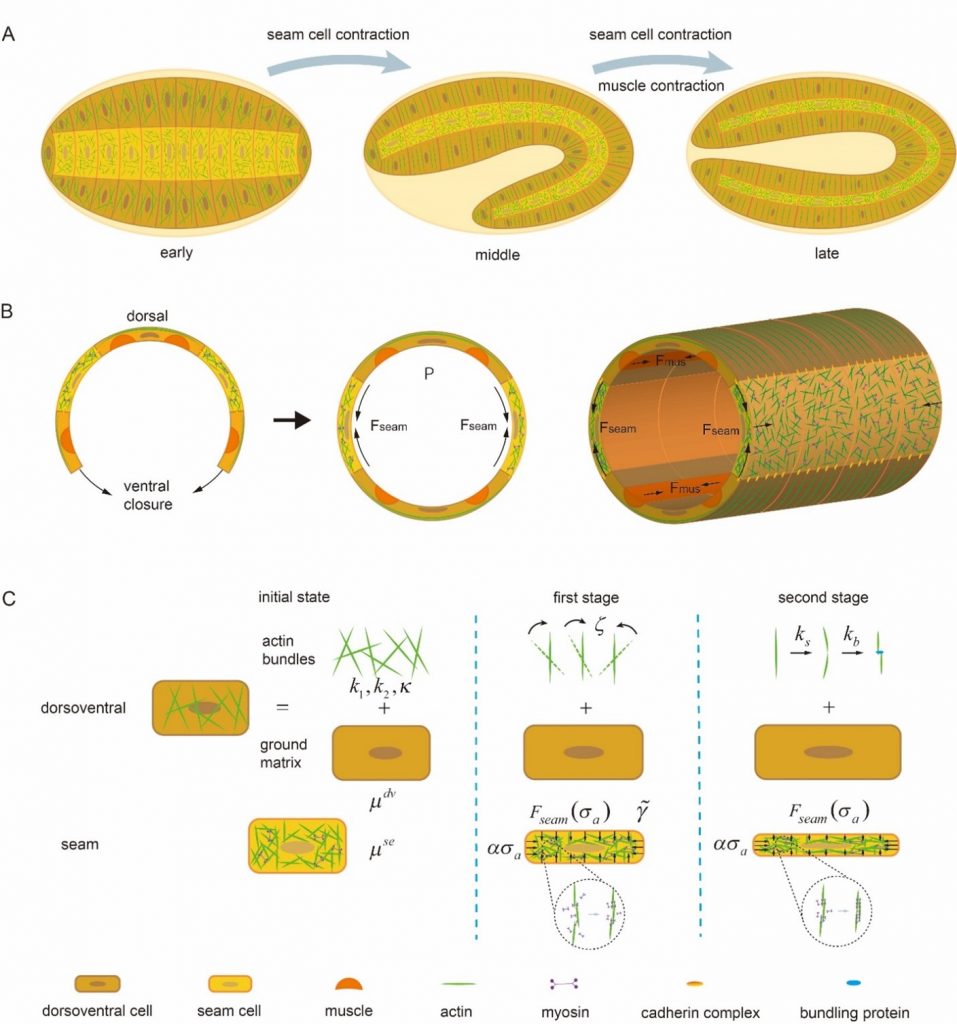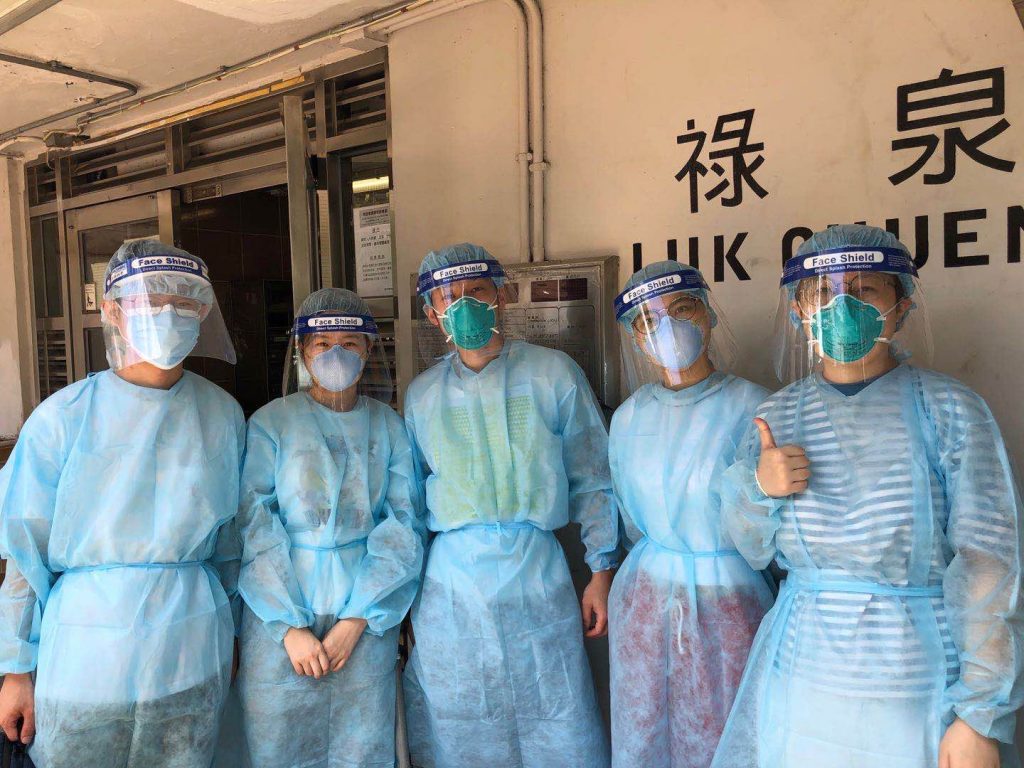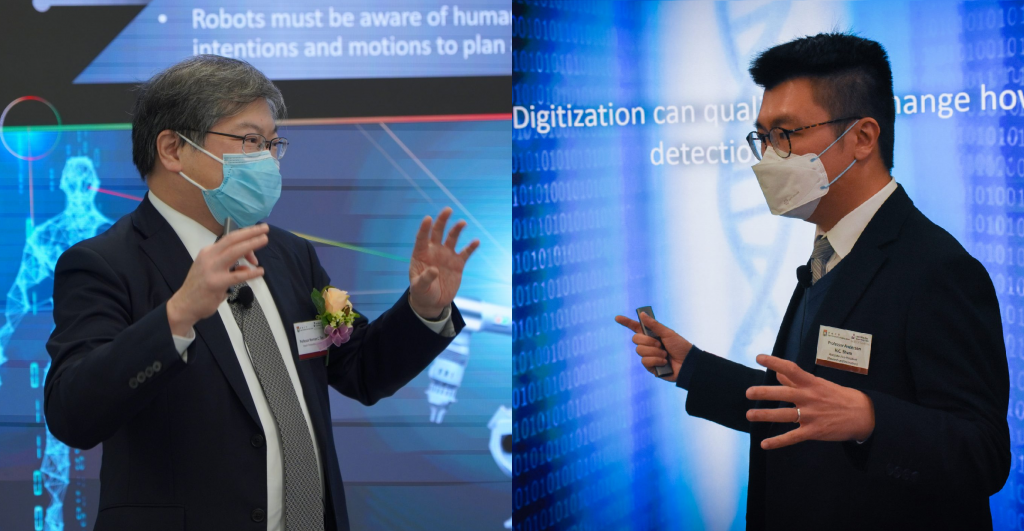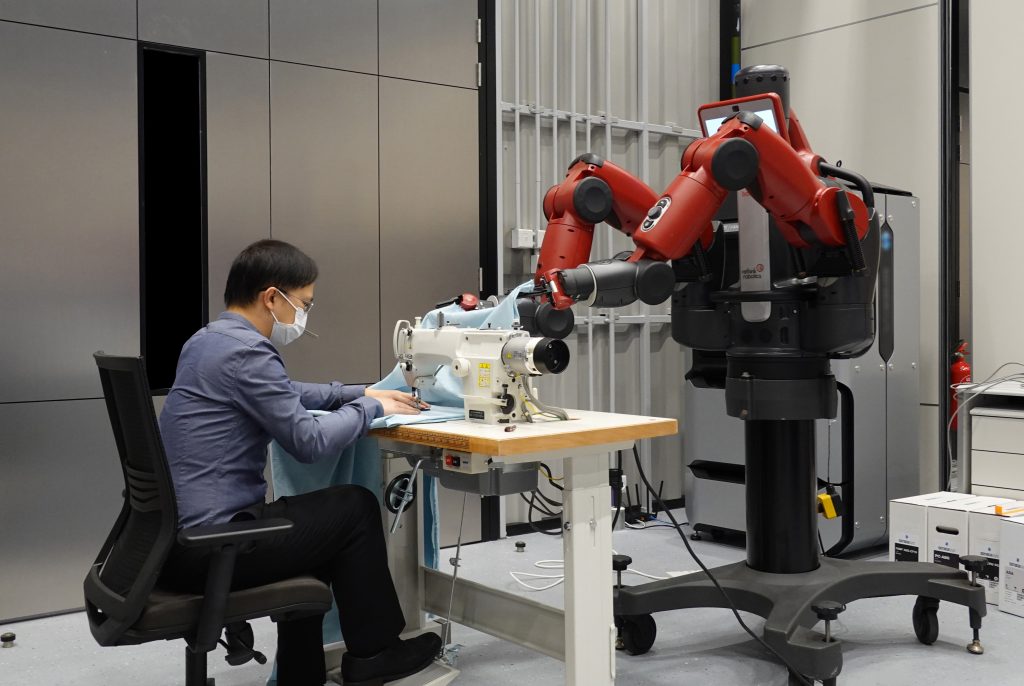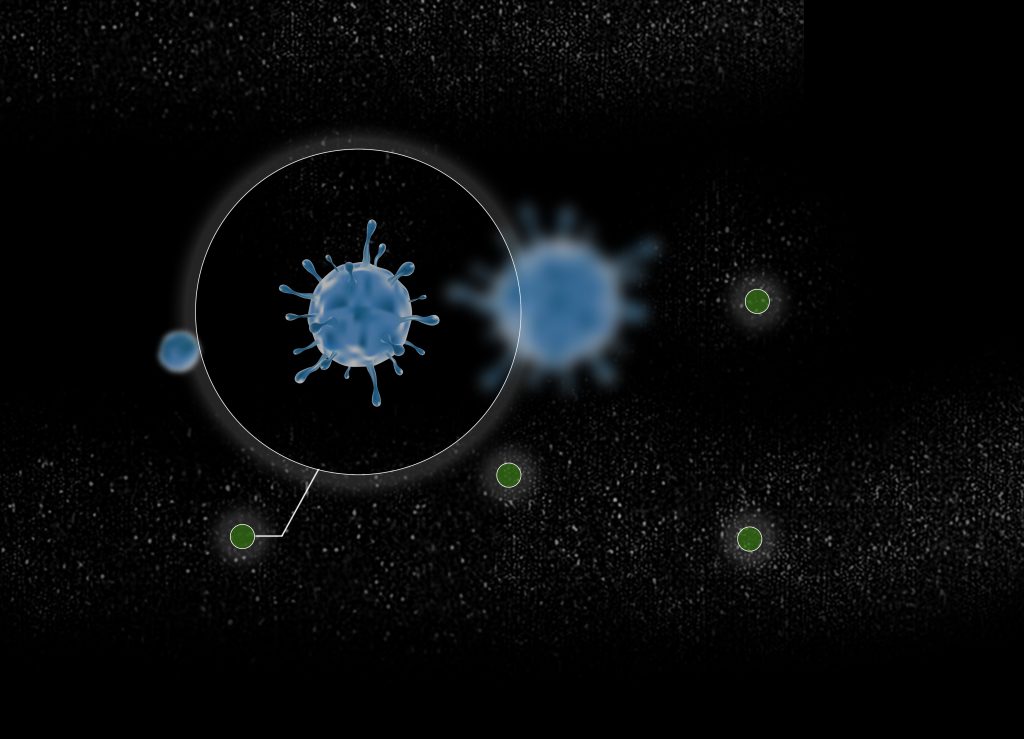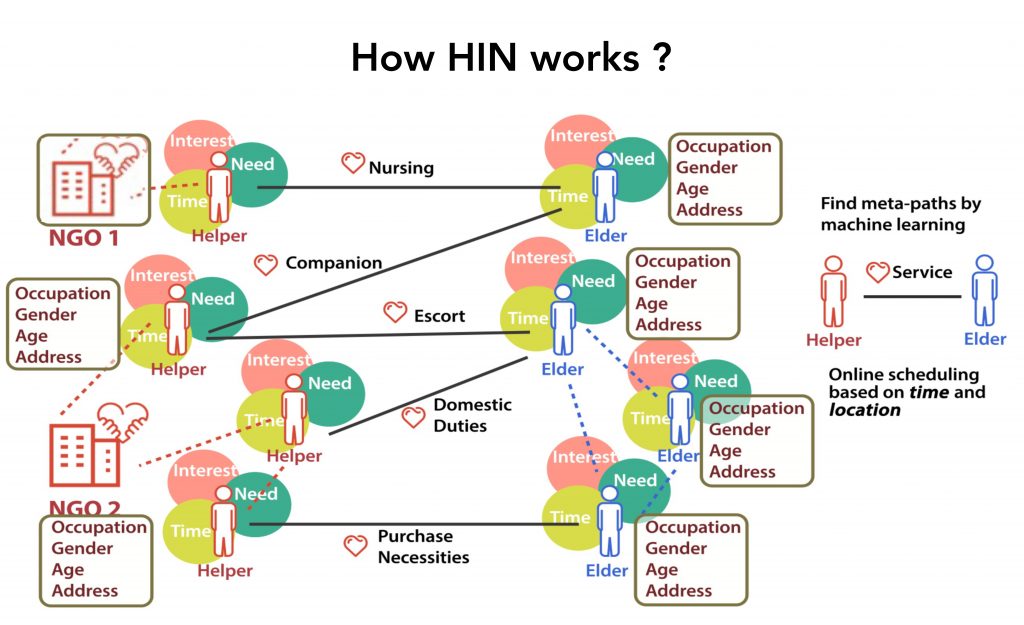Soft Robotic Manipulator for Intra-operative MRI-guided Transoral Laser Microsurgery
Magnetic resonance (MR) imaging (MRI) provides compelling features for the guidance of interventional procedures, including high-contrast soft tissue imaging, detailed visualization of physiological changes, and thermometry. Laser-based tumor ablation stands to benefit greatly from MRI guidance because 3D resection margins alongside thermal distributions can be evaluated in real time to protect critical structures while ensuring adequate resection margins. However, few studies have investigated the use of projection-based lasers like those for transoral laser microsurgery, potentially because dexterous laser steering is required at the ablation site, raising substantial challenges in the confined MRI bore and its strong magnetic field. Here, we propose an MR-safe soft robotic system for MRI-guided transoral laser microsurgery. Owing to its miniature size (Ø12 × 100 mm), inherent compliance, and five degrees of freedom, the soft robot ensures zero electromagnetic interference with MRI and enables safe and dexterous operation within the confined oral and pharyngeal cavities. The laser manipulator is rapidly fabricated with hybrid soft and hard structures and is powered by microvolume (<0.004 milliter) fluid flow to enable laser steering with enhanced stiffness and lowered hysteresis. A learning-based controller accommodates the inherent nonlinear robot actuation, which was validated with laser path-following tests. Submillimeter laser steering accuracy was demonstrated with a mean error < 0.20 mm. MRI compatibility testing demonstrated zero observable image artifacts during robot operation. Ex vivo tissue ablation and a cadaveric head-and-neck trial were carried out under MRI, where we employed MR thermometry to monitor the tissue ablation margin and thermal diffusion intraoperatively.



